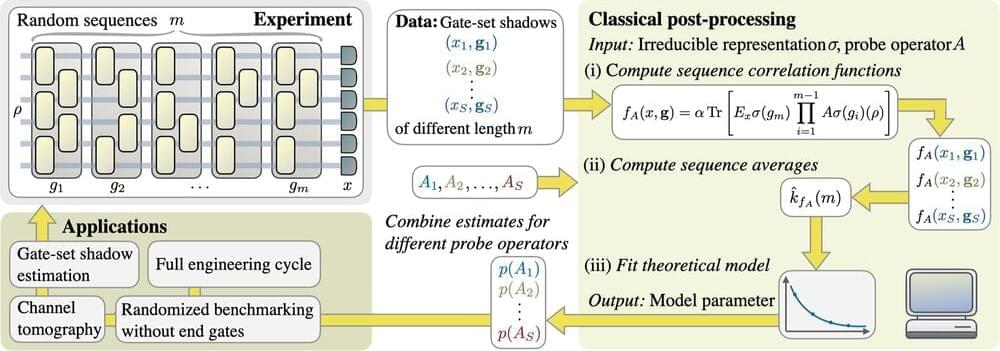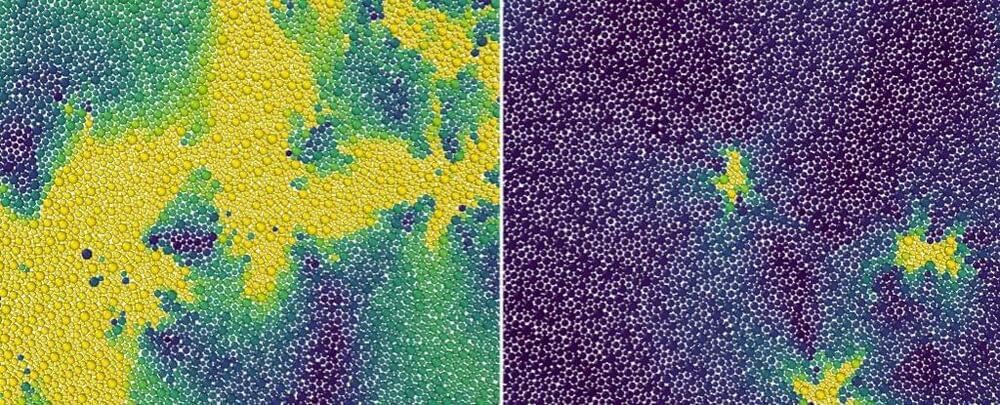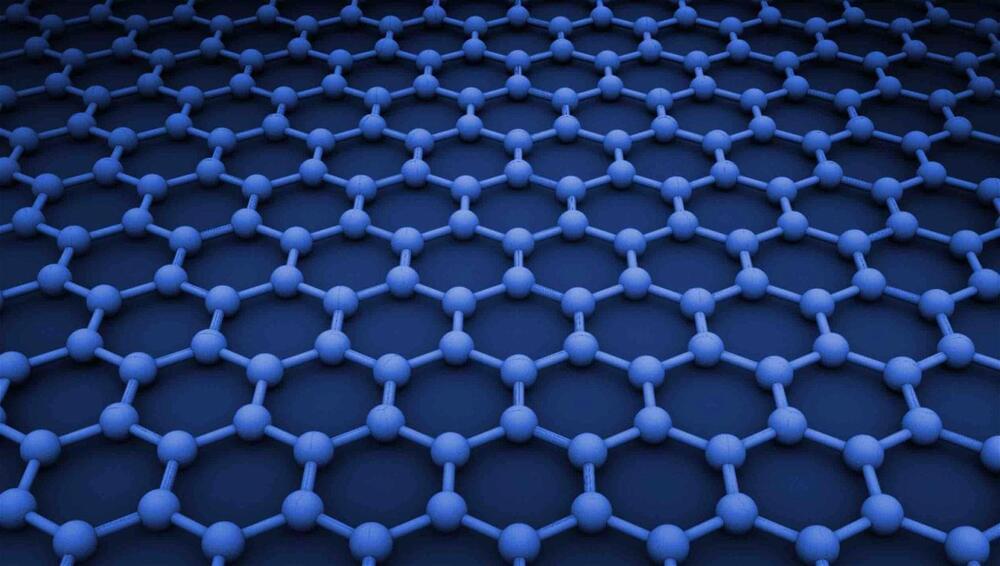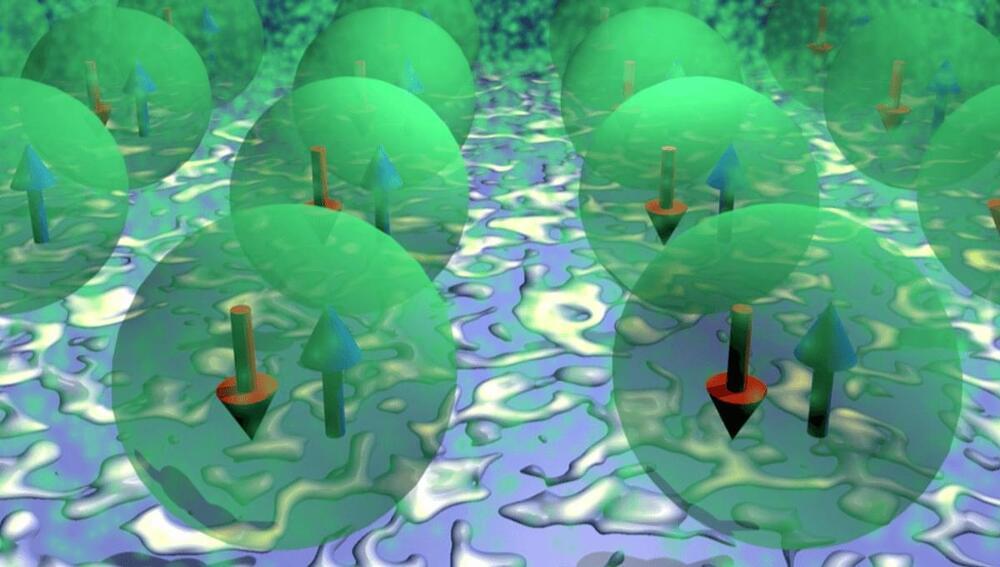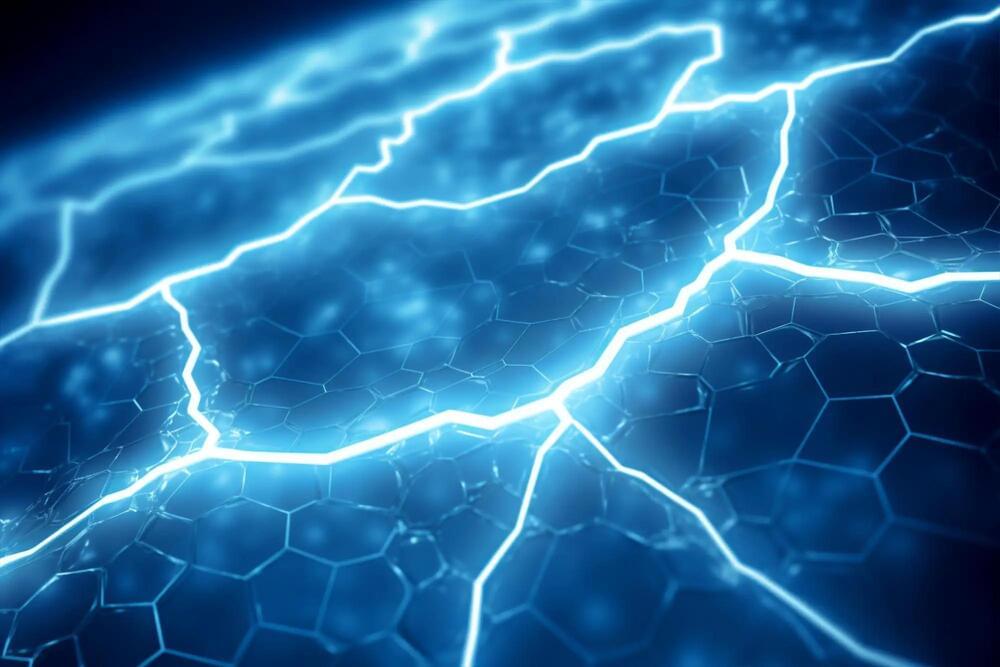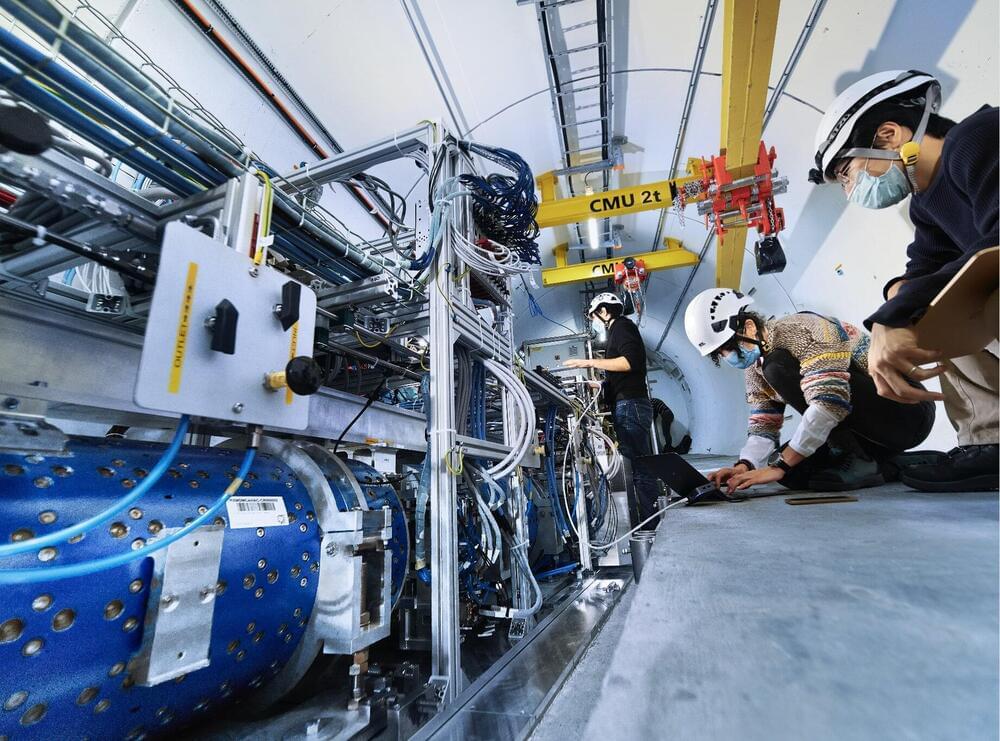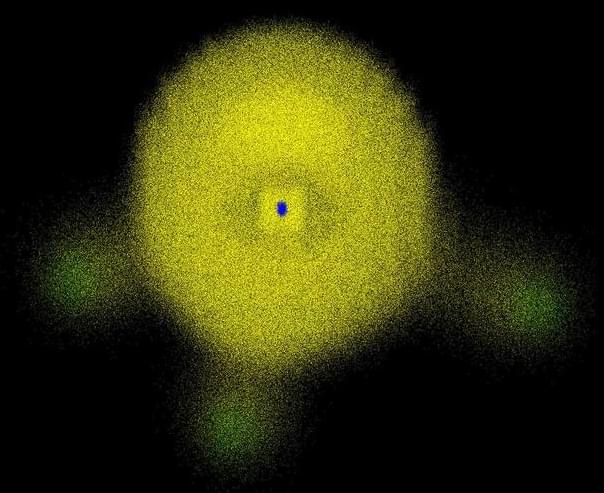Aug 29, 2023
Quantum discovery verifies a decades-old theory on how monopoles decay
Posted by Shailesh Prasad in categories: particle physics, quantum physics
The field of quantum physics is rife with paths leading to tantalizing new areas of study, but one rabbit hole offers a unique vantage point into a world where particles behave differently—through the proverbial looking glass.
Dubbed the “Alice ring” after Lewis Carroll’s world-renowned stories on Alice’s Adventures in Wonderland, the appearance of this object verifies a decades-old theory on how monopoles decay. Specifically, that they decay into a ring-like vortex, where any other monopoles passing through the center are flipped into their opposite magnetic charges.
Published in Nature Communications on August 29, these findings mark the latest discovery in a string of work that has spanned the collaborative careers of Aalto University Professor Mikko Möttönen and Amherst College Professor David Hall.

